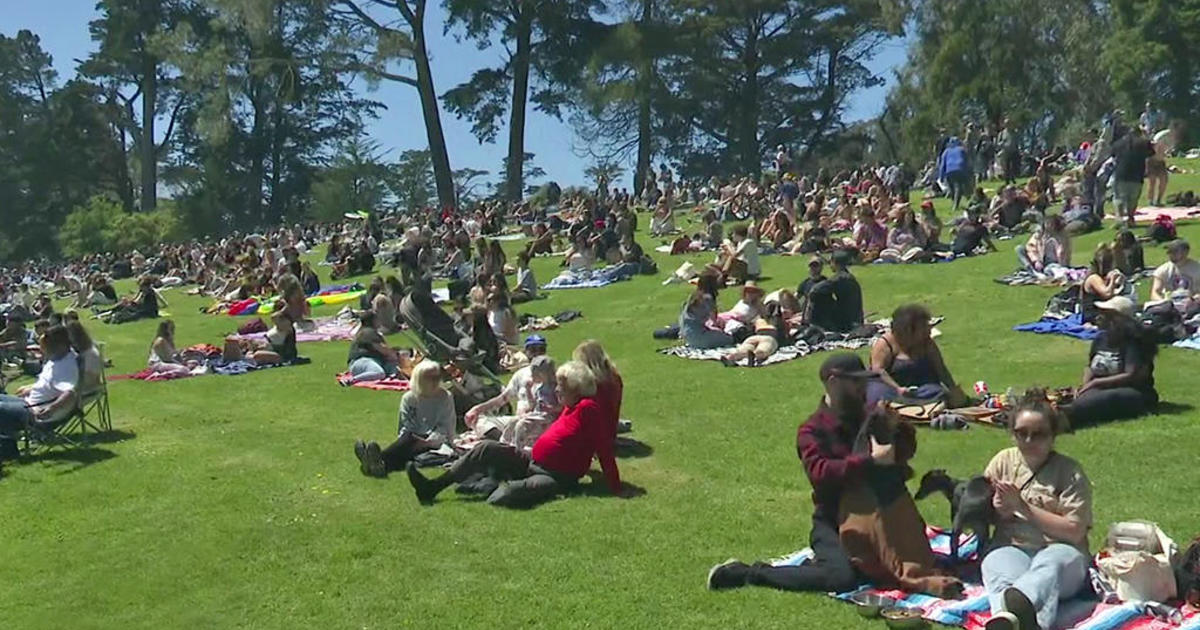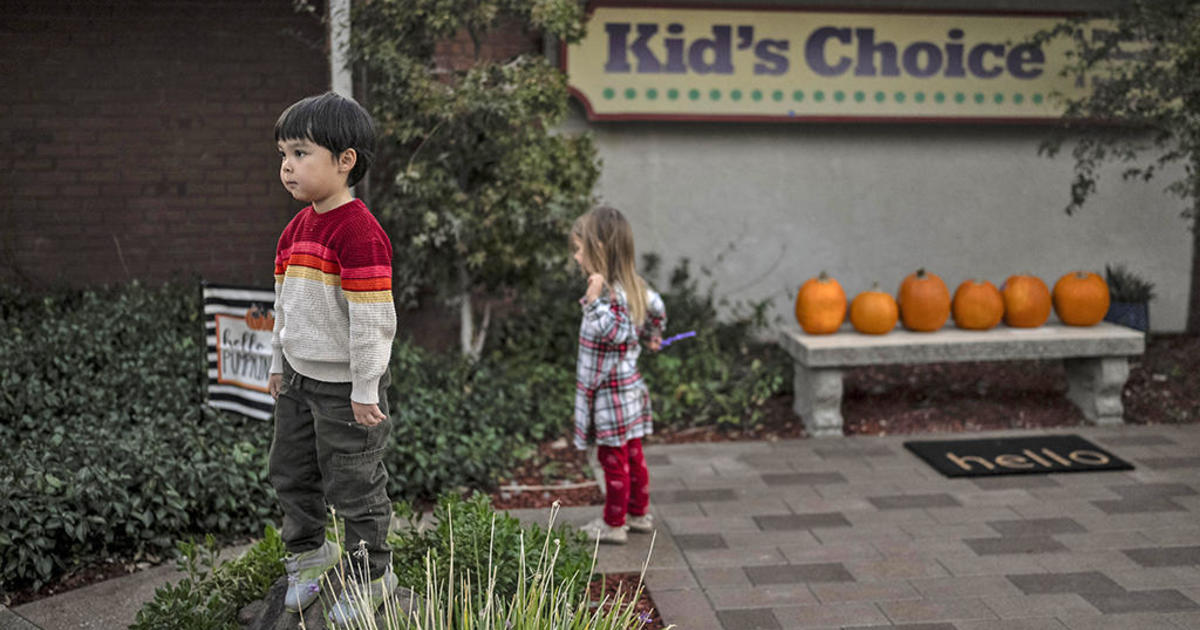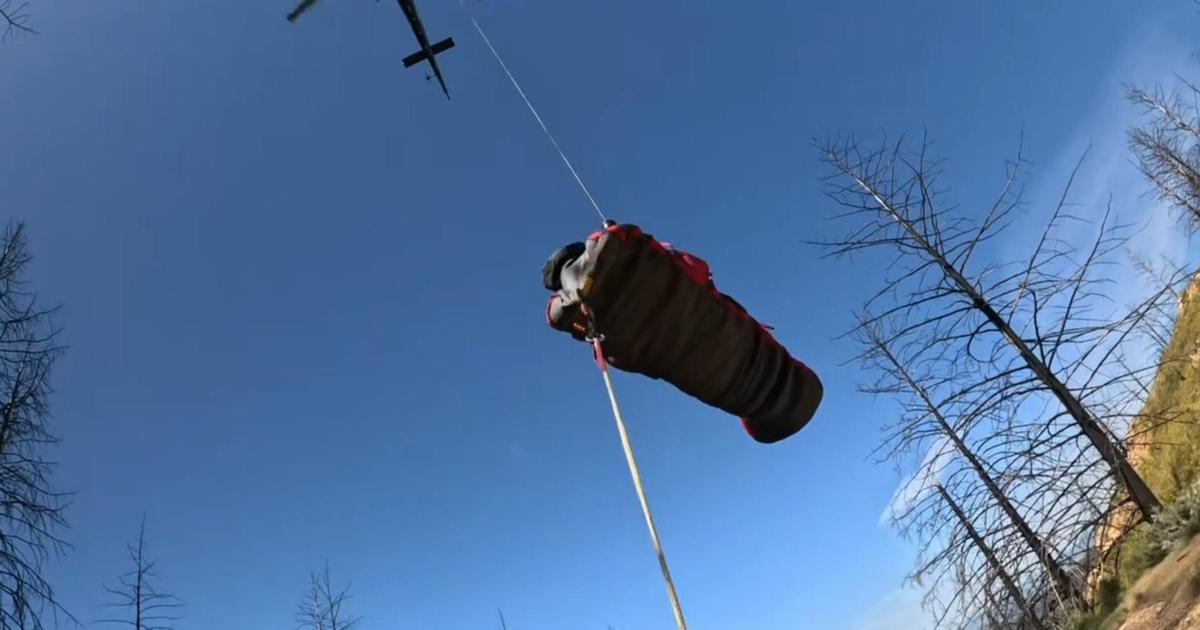Wildfire Damage at Big Basin State Park Extensive but Largest Redwoods Should Survive
BEN LOMOND (KPIX) -- A preliminary observation of the fire damage at Big Basin Redwoods State Park reveals many of the park's largest trees will likely survive but rebuilding and recovery efforts will cost "tens of millions, possibly hundreds of millions" in federal, state, and private funding.
Almost all of Big Basin burned to some degree in the CZU Lightning Complex Fire but with varying intensity, said Joanne Kerbavaz, ecologist for California State Parks.
Some areas only saw burning in the understory but, at the core of the park which included the headquarters and nature center, flames taller than the trees destroyed all the buildings and much of the forest canopy.
"That's not necessarily a bad thing in the life of a redwood because they can re-sprout and that actually makes more diversity in that life that's up in the top of the trees," Kerbavaz explained, "I don't think we're going to see that much loss of the biggest trees. Trees that are re-sprouting -- that will be a different look. I am optimistic that you're still going to see a lot of what you saw before this fire."
Kerbavaz briefly inspected the Father of the Forest redwood, believed to be about 2,000 years old. Fire had intruded below the base, and new scorching nearly reached the top at more than 250 feet but its thick bark containing natural, fire-resistant chemicals protected the trunk.
"I have to do a more careful assessment but I feel pretty good about the Father of the Forest," Kerbavaz said. "Trees that are burned, even in severe fire intensity, about almost 90 percent of the redwoods do survive and I'm expecting that's what we're going to see here."
There has been an outpouring of support and donations from all over the world into Mountain Parks Foundation's "Big Basin Recovery Fund" and the Friends of Santa Cruz State Parks "Fire Fund."
Sarah Barth, executive director of Sempervirens Fund, said the planning and rebuilding effort will be diverse.
"It can mean really opening the door to a lot of new voices to help us think about how recreation might be different here and how it can be more inclusive and welcoming and responsive to some of the concerns that we've seen highlighted in this country around racial justice," Barth said.
"Redwoods, for all their towering might, they really gain their strength from a shallow but widespread root structure and so they support one another, they're very interconnected under the ground. It may not be obvious and, as we rebuild this park, it's going to take that same kind of network," Barth said.
"We now have an opportunity to create a new generation of memories and design a park that that welcomes the broad diversity of today and tomorrow's California," said Sam Hodder, CEO of Save the Redwoods League.
There is no timeline for reopening. Rangers will reassess in the spring to see how the fire-damaged trees have fared after the winter rains.
"I think the point is that you're looking at change and in my mind as an ecologist, change is a constant," Kerbavaz said. "Many of the systems that we think are fixed and are going to stay the same forever are actually constantly changing. And, on our human timescale, sometimes that's a hard thing to perceive and accept. I think it's time to introduce the concept of natural timescale and how what we see in our lifetimes might be different from what anyone sees in the future. And what we see is not necessarily the same thing as people saw in the past."



